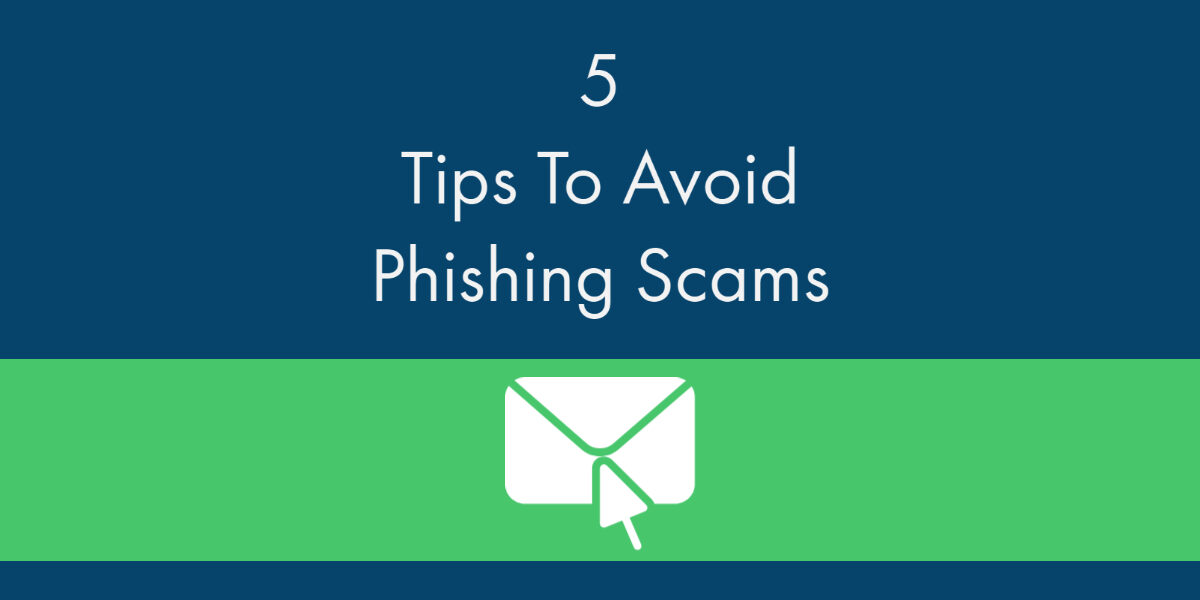Estimated reading time: 3 minutes
It should be no surprise that phishing scams are on the rise in 2020. While the quantity of these attacks have increased, so has the quality. Earlier this summer, Microsoft seized 6 domains that stole information from businesses by creating domains that looks similar to Microsoft’s and asking for login information from users. This attempt was not their first, nor will it be their last. As hackers get smarter, we are here to keep you one step ahead with our tips to avoid phishing scams.
1. Double Check The Sender
The sender’s domain will always be the biggest red flag when receiving an email. Even with spam filters, unauthorized emails can make their way into your inbox with user names of trusted people or companies. Be sure that the sender’s email domain matches their username and that it is not an a slightly misspelled version of the company or person you’re expecting to hear from.
2. Do Not Open Links or Attachments From Unknown Users
Phishing relies on human error and is meant to look trustworthy at first glance. Hovering over hyperlinks to ensure that they’re leading you to the intended website or accessing a website directly instead is an easy way to stay safe. Attachments can contain malware This is a safe set up to prevent encoded images from causing harm to your device. Which leads us to…
3. Inform Others
These types of scams are typically sent in bulk so if you got this email, chances are somebody else in your company has also received the same email. If you see something suspicious, let others know. Forwarding the email to your IT department allows them to take a look and gauge whether or not further action is needed.
4. Have Security Software In Place
Next-gen security software offers top of the line protection against malware and other potential threats to your device. It can’t stop you from putting your information into a copycat form, however it can help keep your computer protected.
5. Security Awareness Training
Security awareness training may sound a bit over the top, but cyberattack trends are constantly changing. Knowing what these trends are keeps you a step ahead and helps you learn to successfully thwart attempts before they happen. Keeping as up to date as possible is the best way to keep yourself from falling for elaborate schemes.
Hopefully our tips to avoid phishing scams will be useful to you. If you believe you fell victim to a phishing attack, it’s also good to know the steps to take after the fact. The FCC has a handbook with more tips to keep you safe and with actions to take following a breach. If you need help with a phishing attack or are considering security awareness training and other tools to keep you safe, be sure to contact us.



